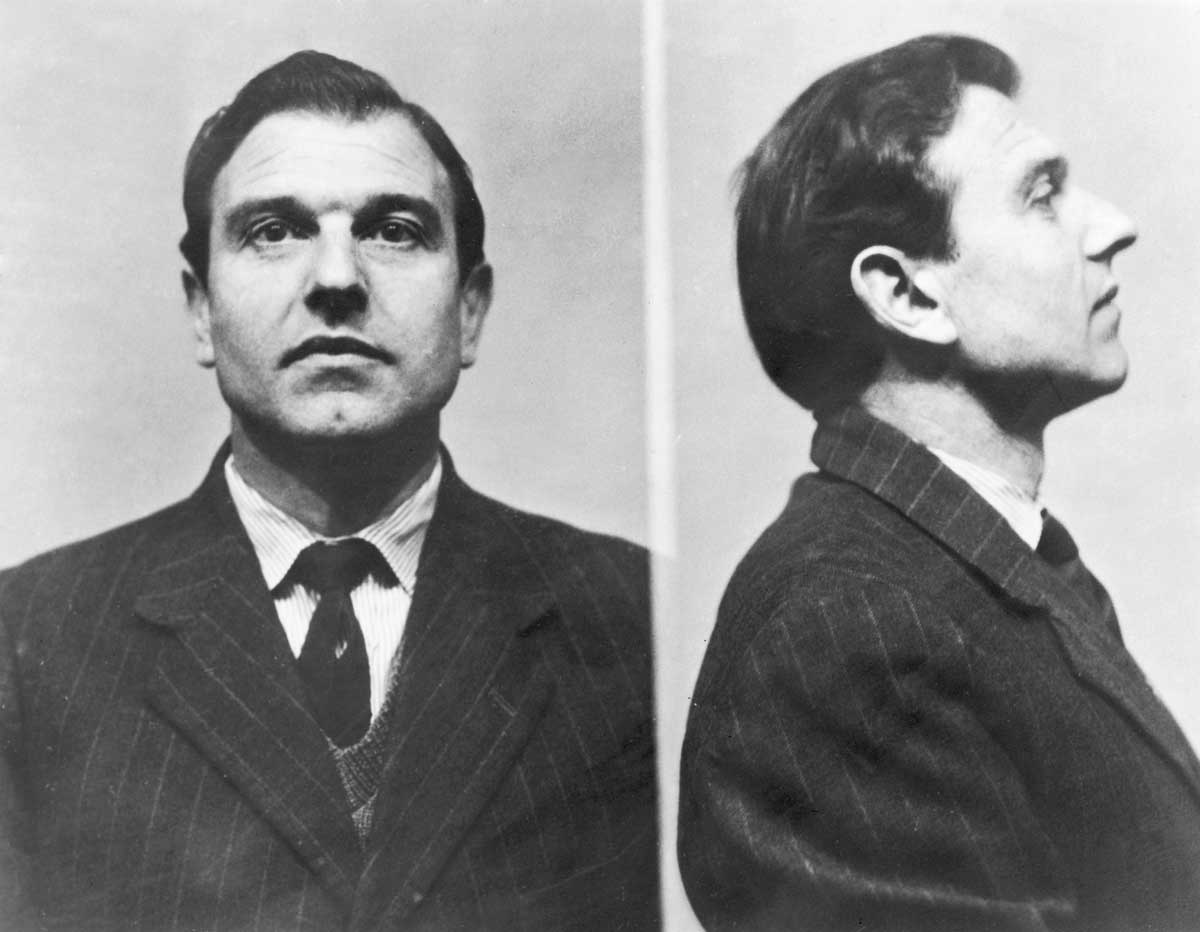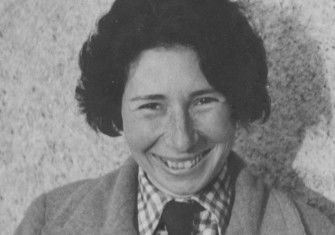‘The Happy Traitor’ by Simon Kuper review
The Happy Traitor: Spies, Lies and Exile in Russia. The Extraordinary Story of George Blake unpicks the motives and damage inflicted by the double agent.

George Blake, who died last year aged 98, is less well known than his fellow spies educated at Cambridge. He was not recruited by his peer group, he operated alone, he was not part of the Establishment and perhaps, as a result, he was treated more harshly than his fellow traitors.
An MI6 officer, apparently recruited by the Russians after being captured in 1950 during the Korean War, he was himself betrayed by a defector, Michael Goleniewski, in 1961. Sentenced to 42 years in prison, he escaped from Wormwood Scrubs in 1966 with the help of two peaceniks and an Irish petty criminal and spent over 50 years in Russian exile.
Simon Kuper, a Financial Times journalist, was given a three-hour interview in 2012 on the understanding that it would only appear in the Netherlands and that any book based on it would only appear after Blake’s death.
This is the result, supplemented by reading in the secondary literature, as well as newly discovered material on Blake’s wartime career in the Dutch Resistance, good use of Stasi files, interviews with a Dutch radio journalist and a documentary made in 2015.
Born in Rotterdam in 1922 and brought up there and by a Communist uncle in Cairo, Blake was caught between various identities: his father, a Levantine Jew from Constantinople, had acquired British citizenship. Kuper clearly established a good relationship with Blake and their shared background – part Dutch, part Jewish, part British – helps him understand Blake’s own ambivalent attitude to Britain and how Russia offered the homeland that his mixed heritage had denied him.
During the Second World War Blake fought with the Dutch Resistance before escaping and being recruited into MI6’s Dutch section. After the war he was posted to Hamburg and Berlin, where he betrayed an Anglo-American tunnel designed to eavesdrop on Russian communications.
There are interesting explorations of Blake’s motives, a key question in any espionage biography: Communism was just the extension of his youthful Calvinism; he was radicalised by his time in Egypt and Korea; he felt an outsider. Did he have a Damascene conversion, nudged along by his readings about Russia, and simply volunteered his services, or, more likely, was he targeted by a recruiter and his release from imprisonment in Korea came with obligations?
The second question in such a study is what damage did Blake inflict? This audit is always difficult to determine. Supposedly he received a year for each agent he revealed, many of whom were imprisoned or even executed. But 42 years was a harsh sentence – Klaus Fuchs, for betraying the atom bomb, had only been sentenced to 14 years in 1950 – and the Cambridge spies were allowed to flee or were given immunity in return for cooperation.
According to Dick White, the head of MI6, Blake was worse than Philby. It was said he gave away the MI6 Order of Battle, safe houses, almost 5,000 pages of documents, negotiating positions at conferences and material which could be used for blackmail purposes. According to a KGB counter-intelligence officer, Alexander Sokolov, he provided the names of 60 agents sent into Communist Europe during the 1950s.
It is certainly true that Blake revealed the Berlin tunnel even before it was begun, but this was more an embarrassment than a catastrophe. The KGB let it run for a year to protect their source and the organisations that were mainly affected – the GRU (military intelligence) and the Red Army – were their rivals. The result was a trove of material for the British and Americans.
Kuper is a sports writer rather than an espionage historian and there are a number of minor mistakes: John Cairncross was 82 not 92 when he died; ‘Stopwatch/Gold’ was not the code word for the tunnel; ‘Diomid’, the KGB codename for Blake, refers to the Greek hero Diomedes rather than meaning ‘diamond’; and Kuper gets the name of the father of Iris Peake, an SIS secretary still alive and with whom Blake fell in love, wrong. More importantly he passes over that important relationship in a line or two.
But there are bigger omissions, compounded by the fact that the papers of MI6 will never be revealed. There is no mention, for example, of Blake’s time at Latimer House in 1943, discovered by Helen Fry, nor his post-conviction cooperation with the British intelligence officer Tony Brooks.
Though Kuper has tried hard to penetrate Blake’s carapace, the spy remains an enigma, as do many of the circumstances of his recruitment, his activities for both the British and Russians and his prison escape. Blake called his autobiography No Other Choice and claimed that, as all actions are predetermined, he could not be blamed. It is a convenient way of not confronting the choices he did actually make.
The Happy Traitor: Spies, Lies and Exile in Russia. The Extraordinary Story of George Blake
Simon Kuper
Profile 288pp £14.99
Andrew Lownie is the author of Stalin’s Englishman: The Lives of Guy Burgess (Hodder & Stoughton, 2016).






